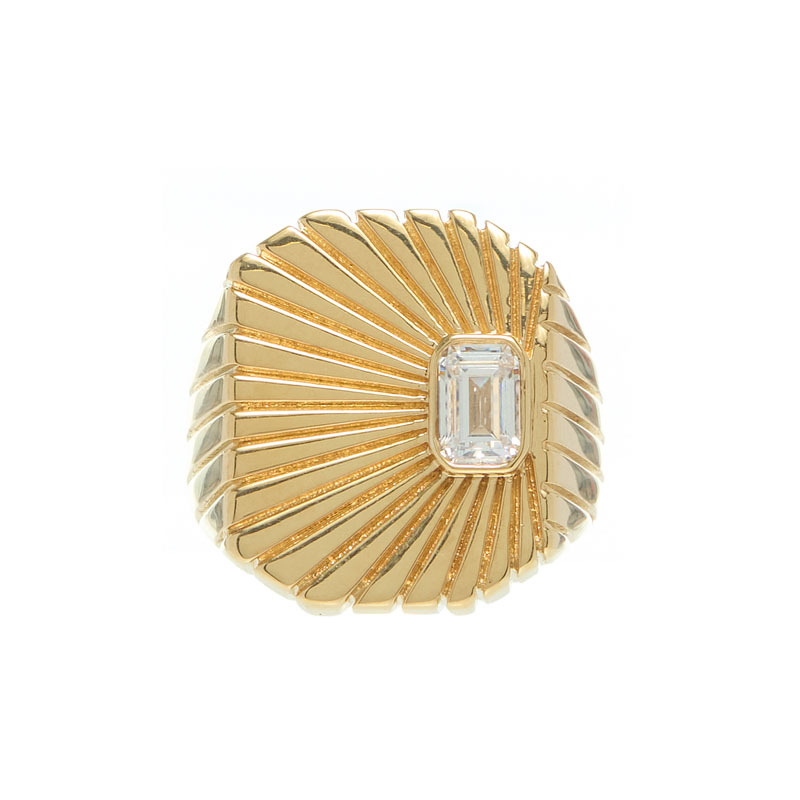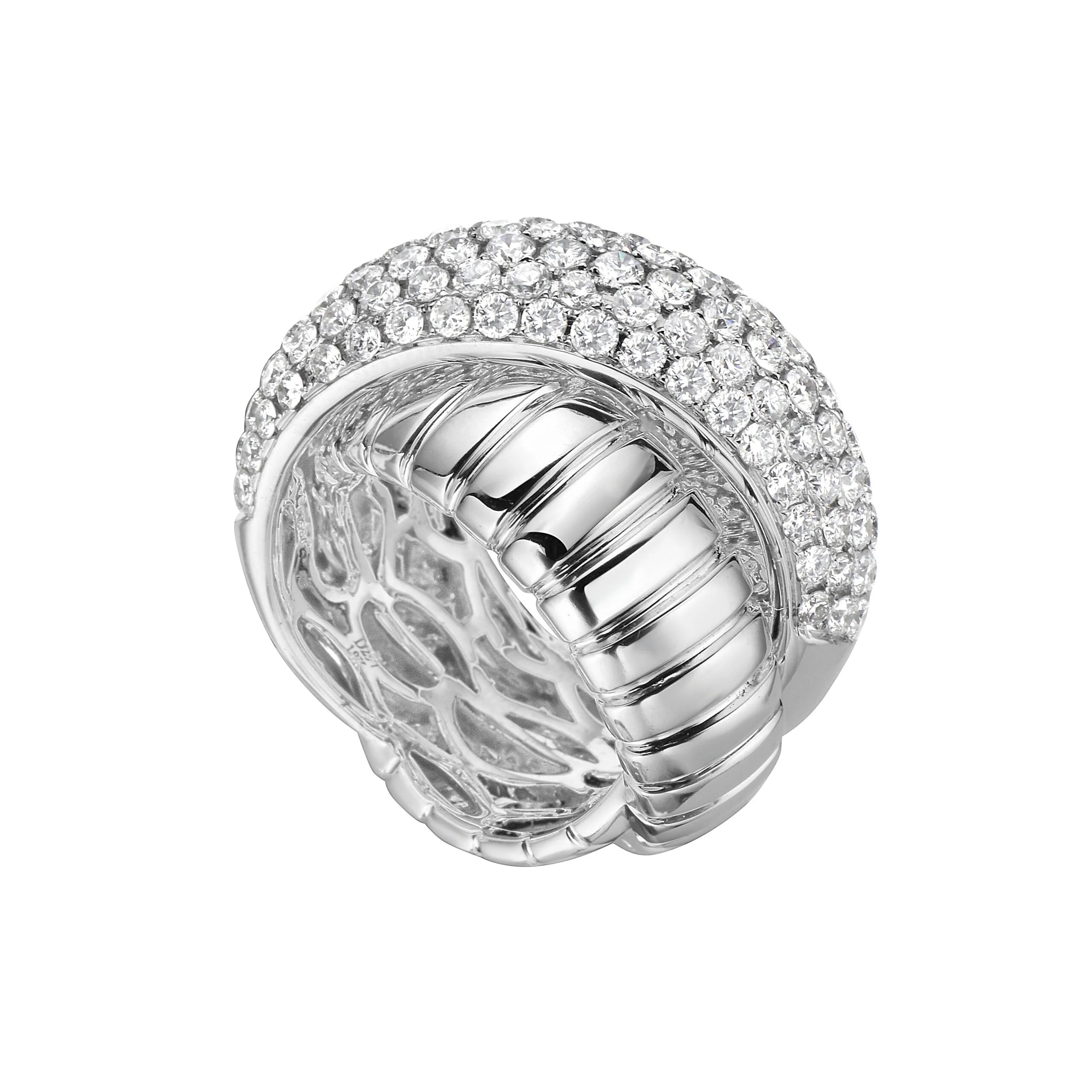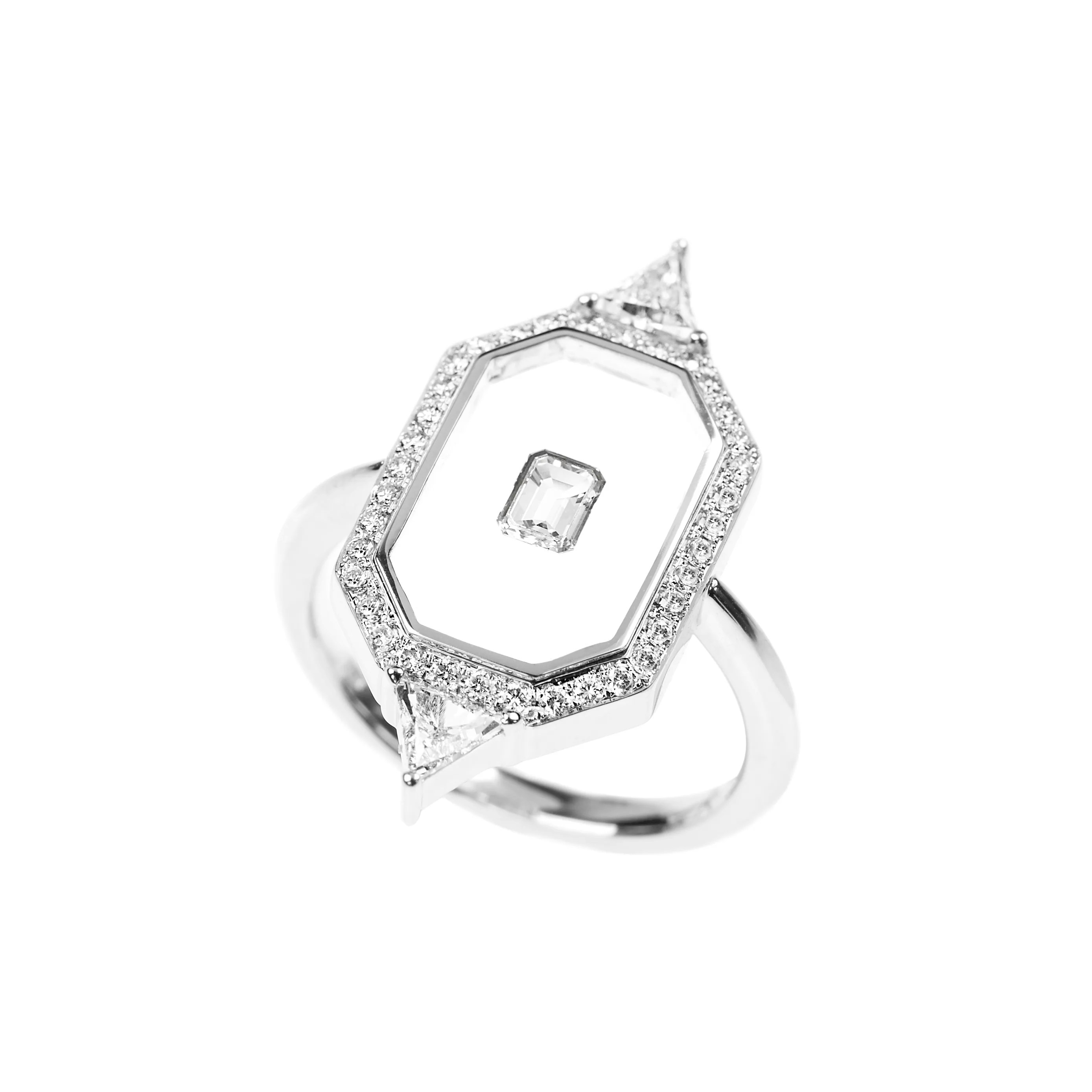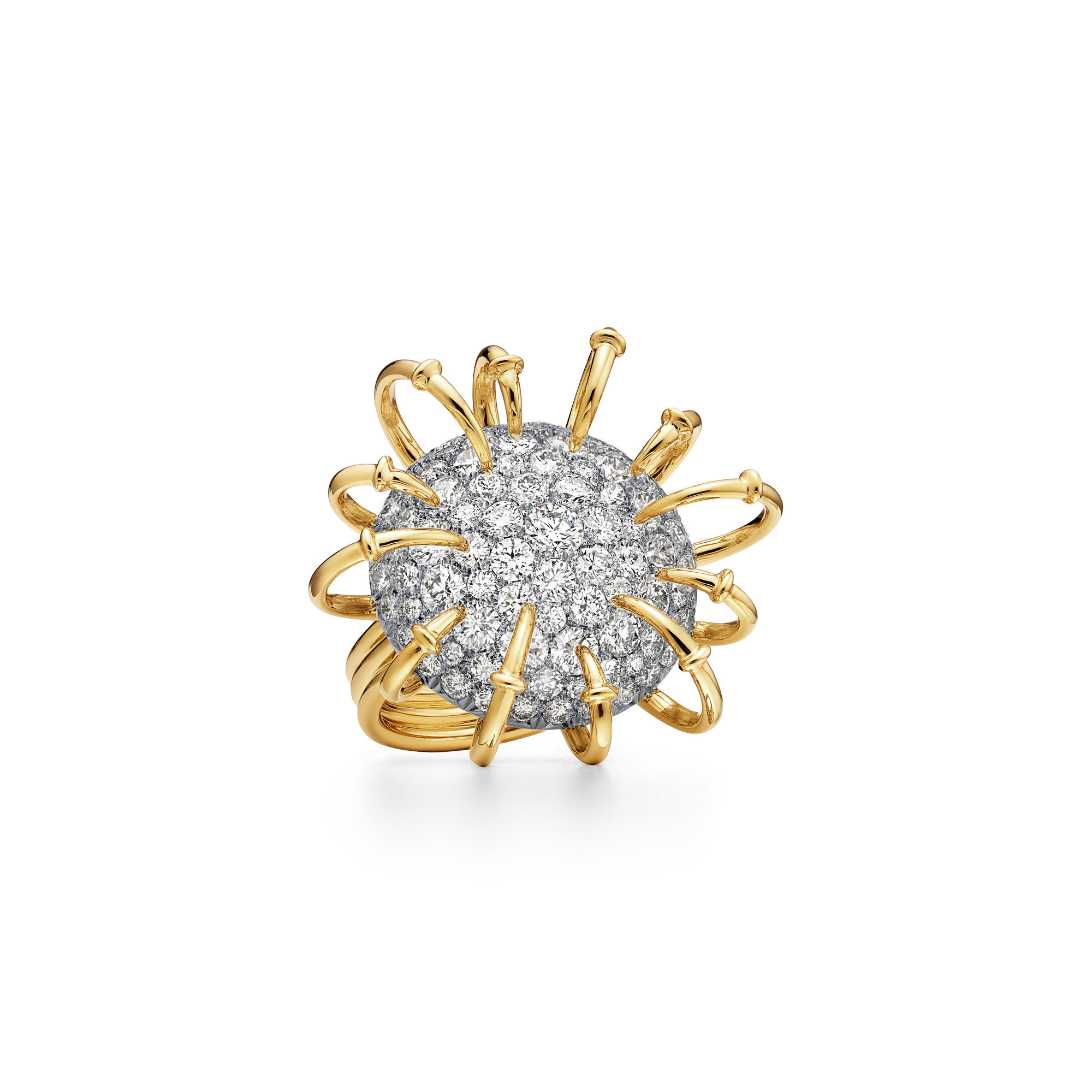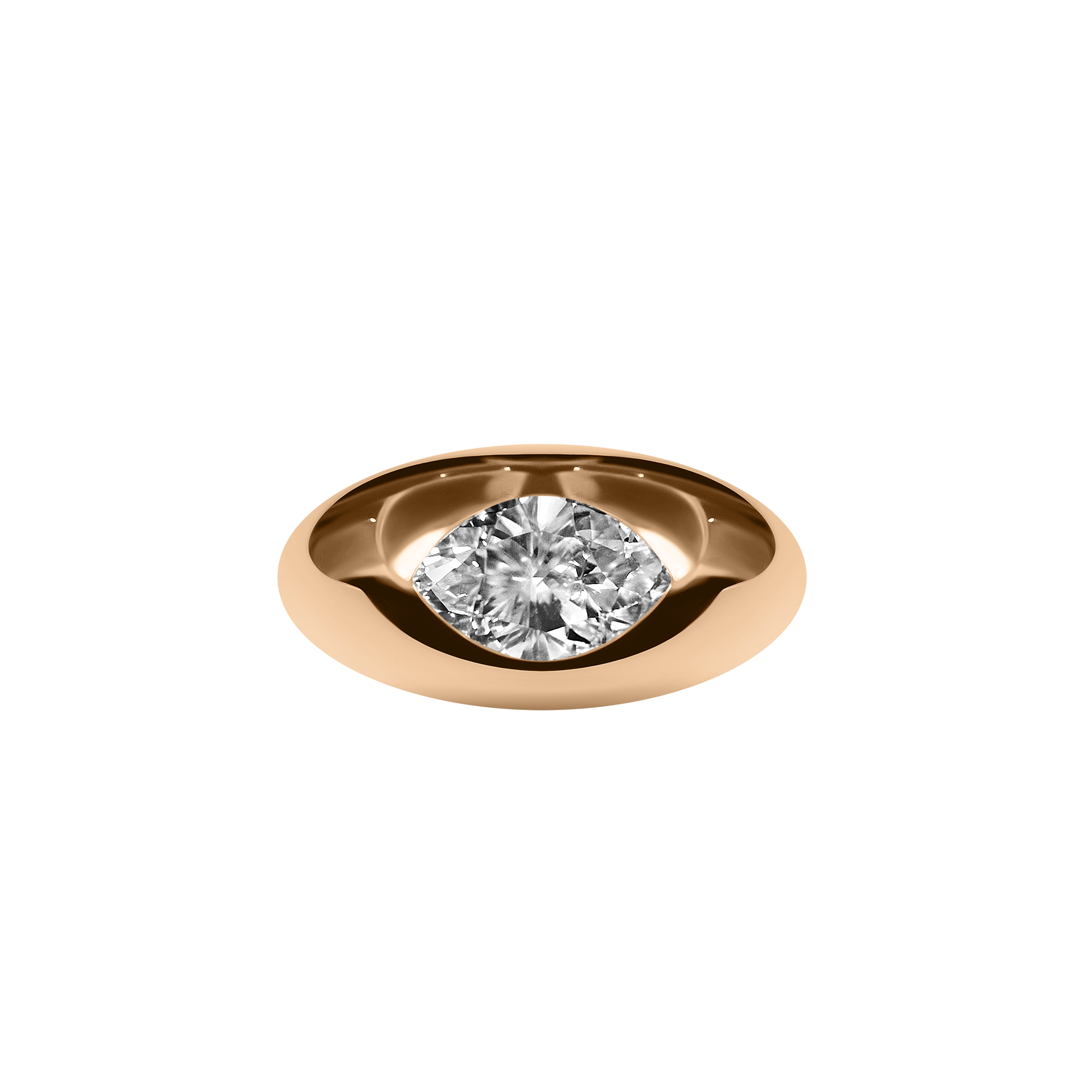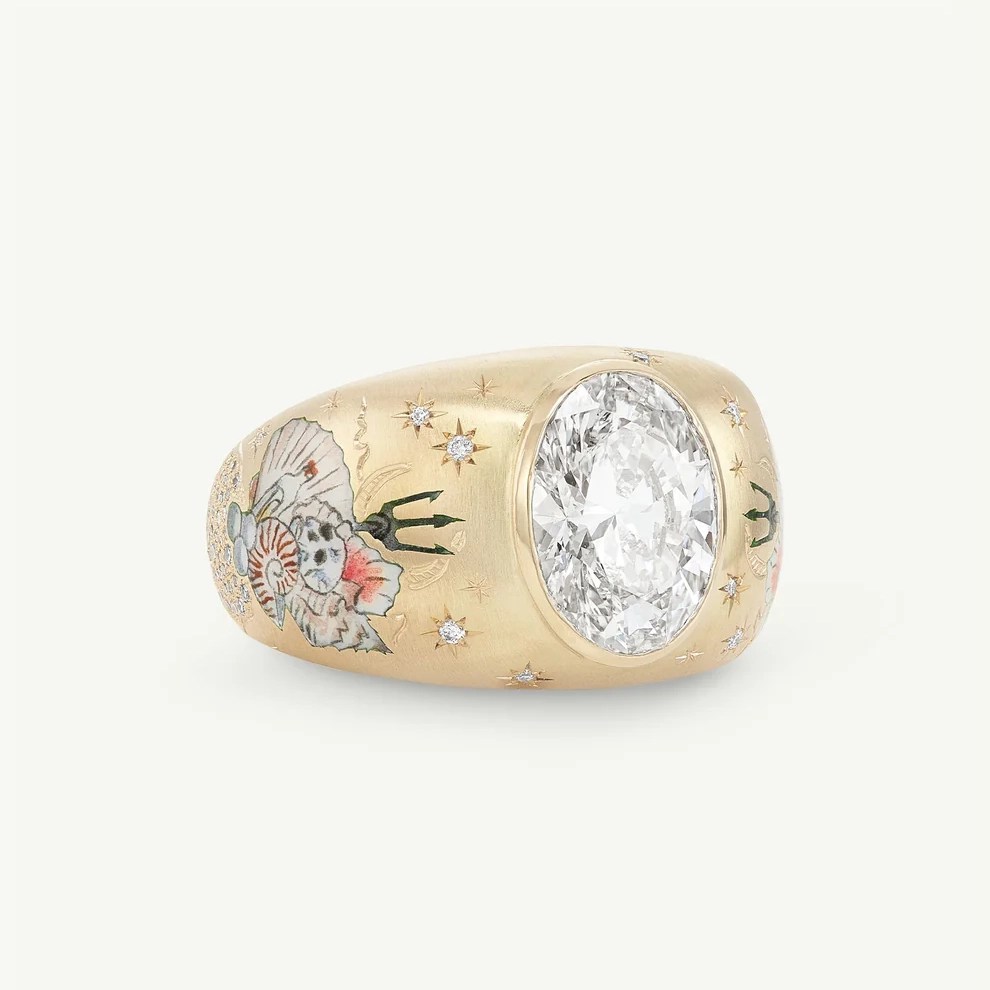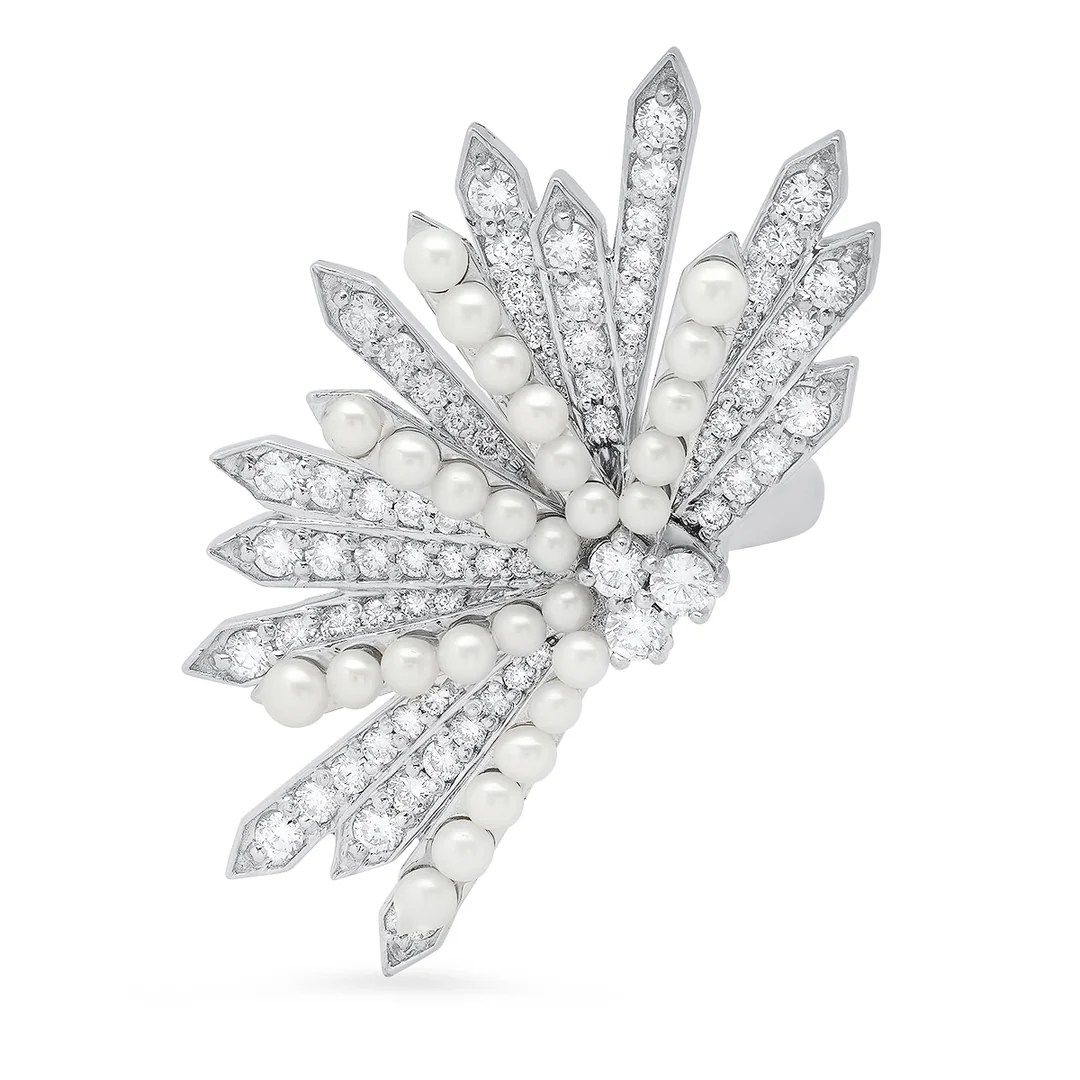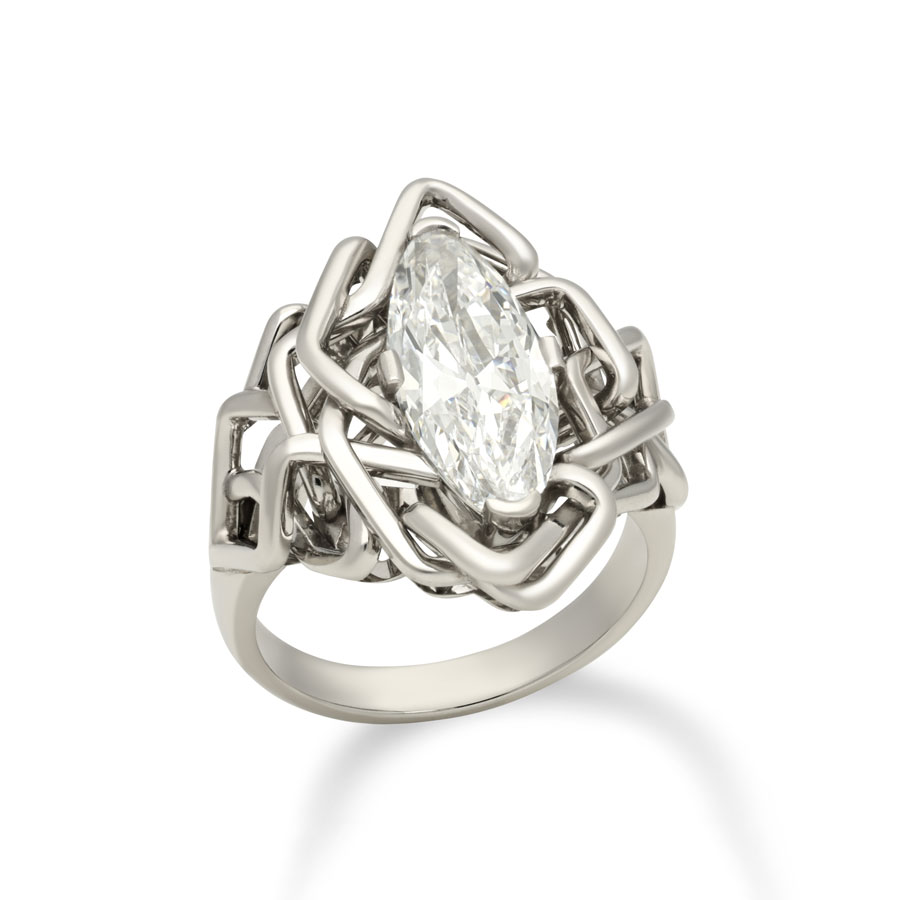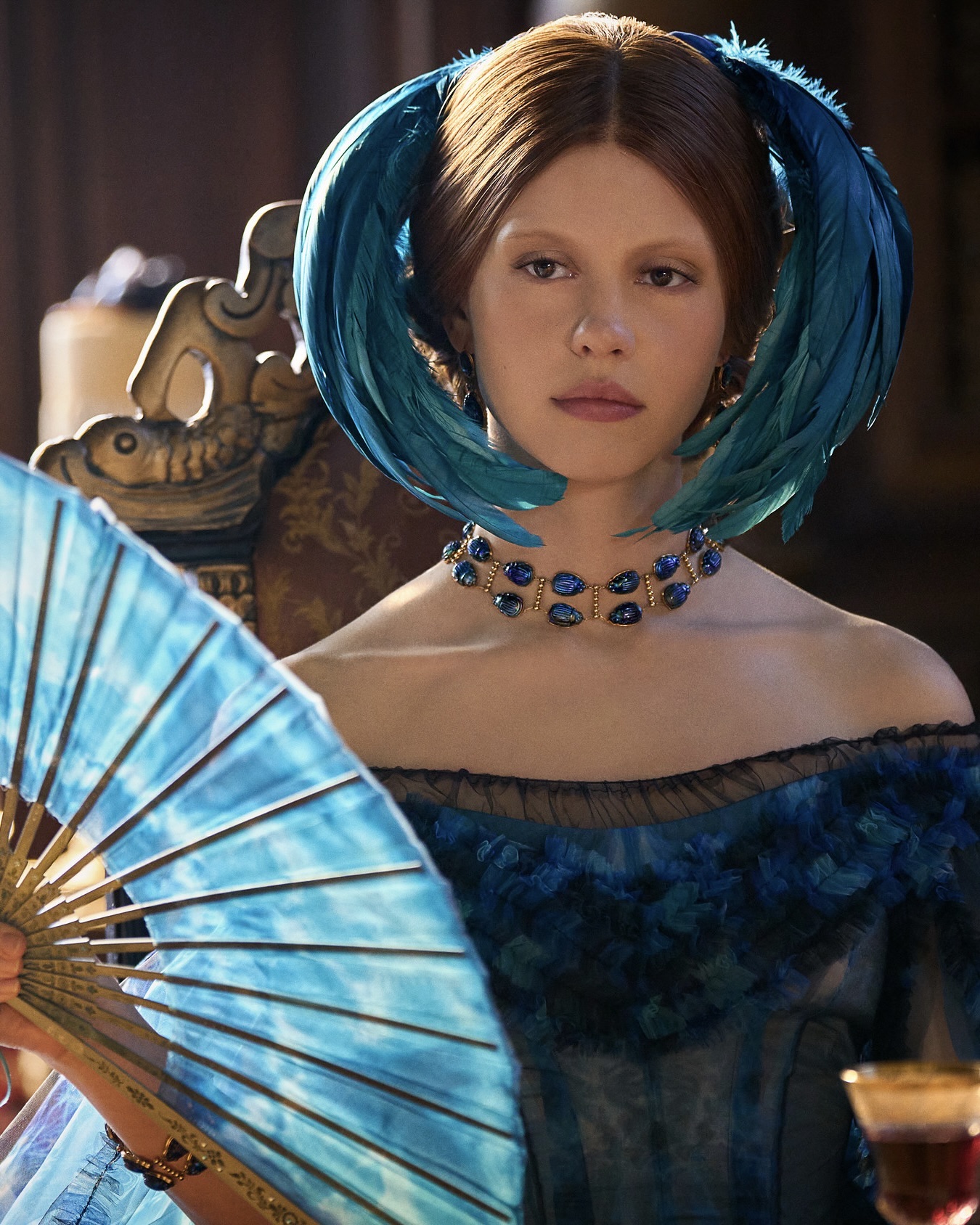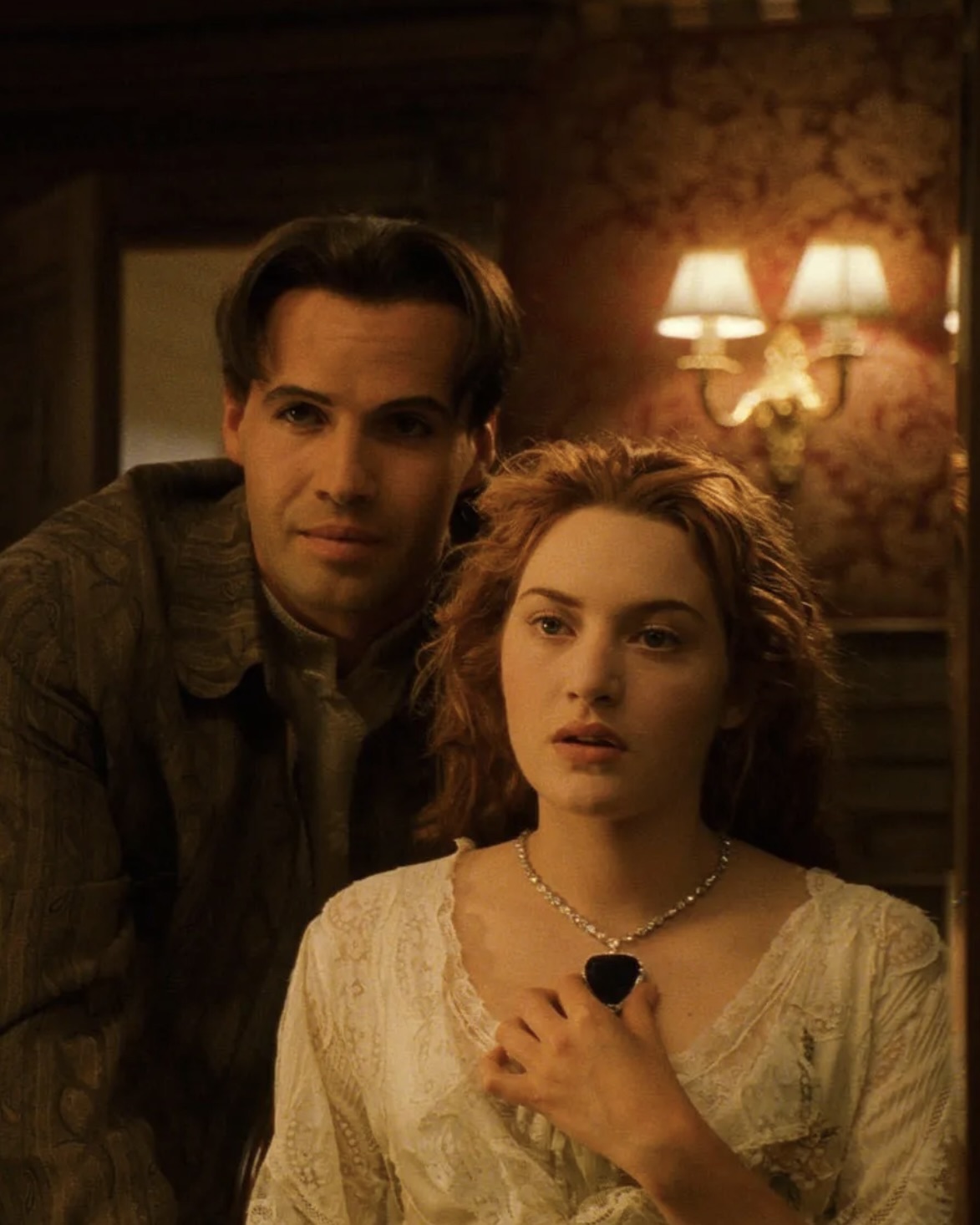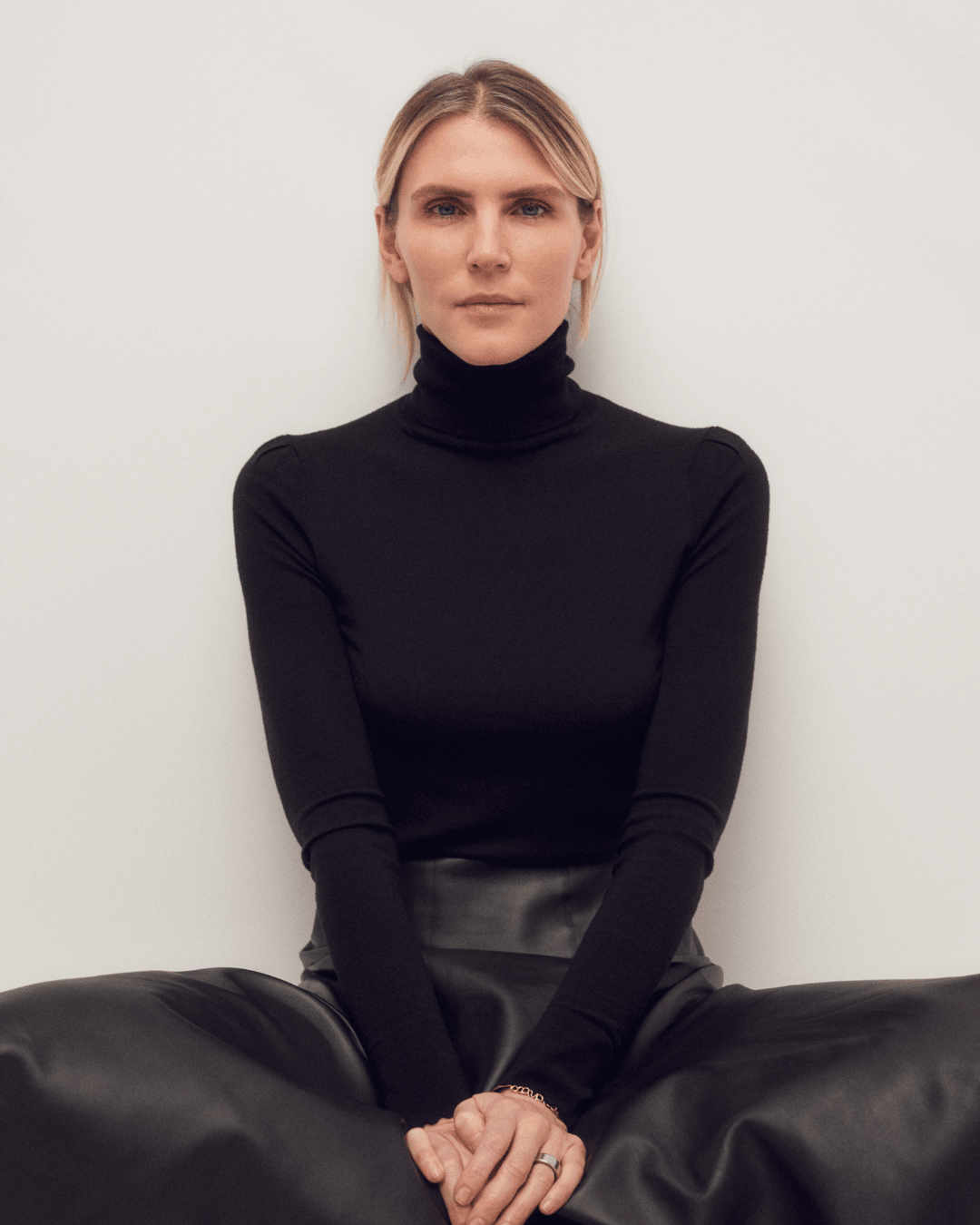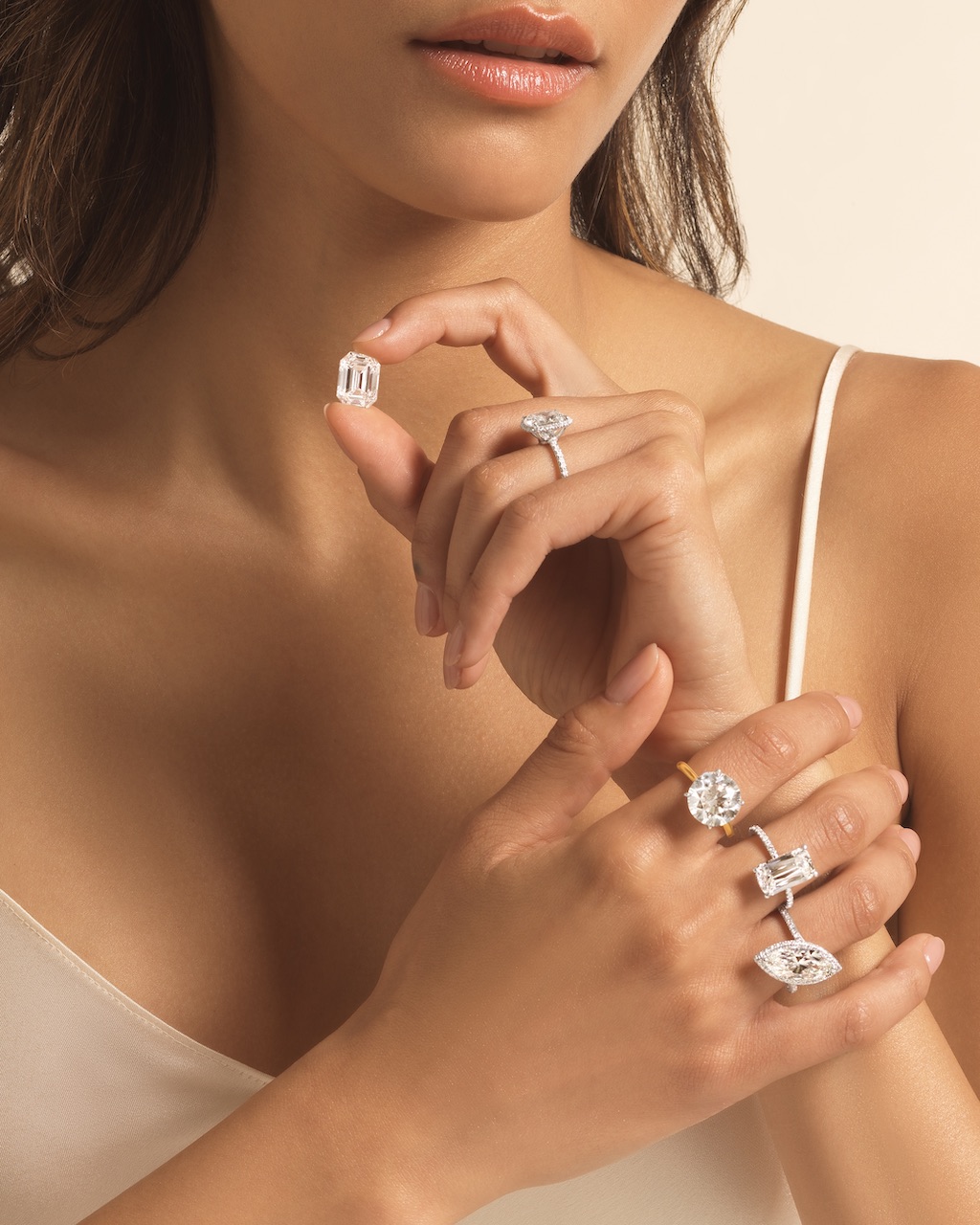Culture & Style / Jewelry Trends
Speakeasies and Suffrage: The Surprising History of the Cocktail Ring
A sparkling symbol of rebellion, the diamond cocktail ring has never played by the rules.
Published: September 17, 2025
Written by: Shelley Brown

The cocktail ring is as essential a part of the jewelry lexicon as the tennis bracelet or engagement ring. We see them light up the red carpet, perched on the fingers of Hollywood’s most stylish women, and tucked away in the jewelry boxes of our chicest relatives. They’re bold, oversized, and impossible to ignore. Yet as commonplace as the term may feel, the history of the cocktail ring is one of rebellion and surprising cultural significance.
Meet the Experts

Lauren DeYoung is a sixth-generation jeweler with an expertise in vintage and antique jewelry and rare, highly covetable gems. Lauren brings a discerning eye and a fresh, contemporary perspective to her family’s heritage business, The DeYoung Collection, which was founded in 1835, and remains internationally renowned today for its collection of exceptional jewels
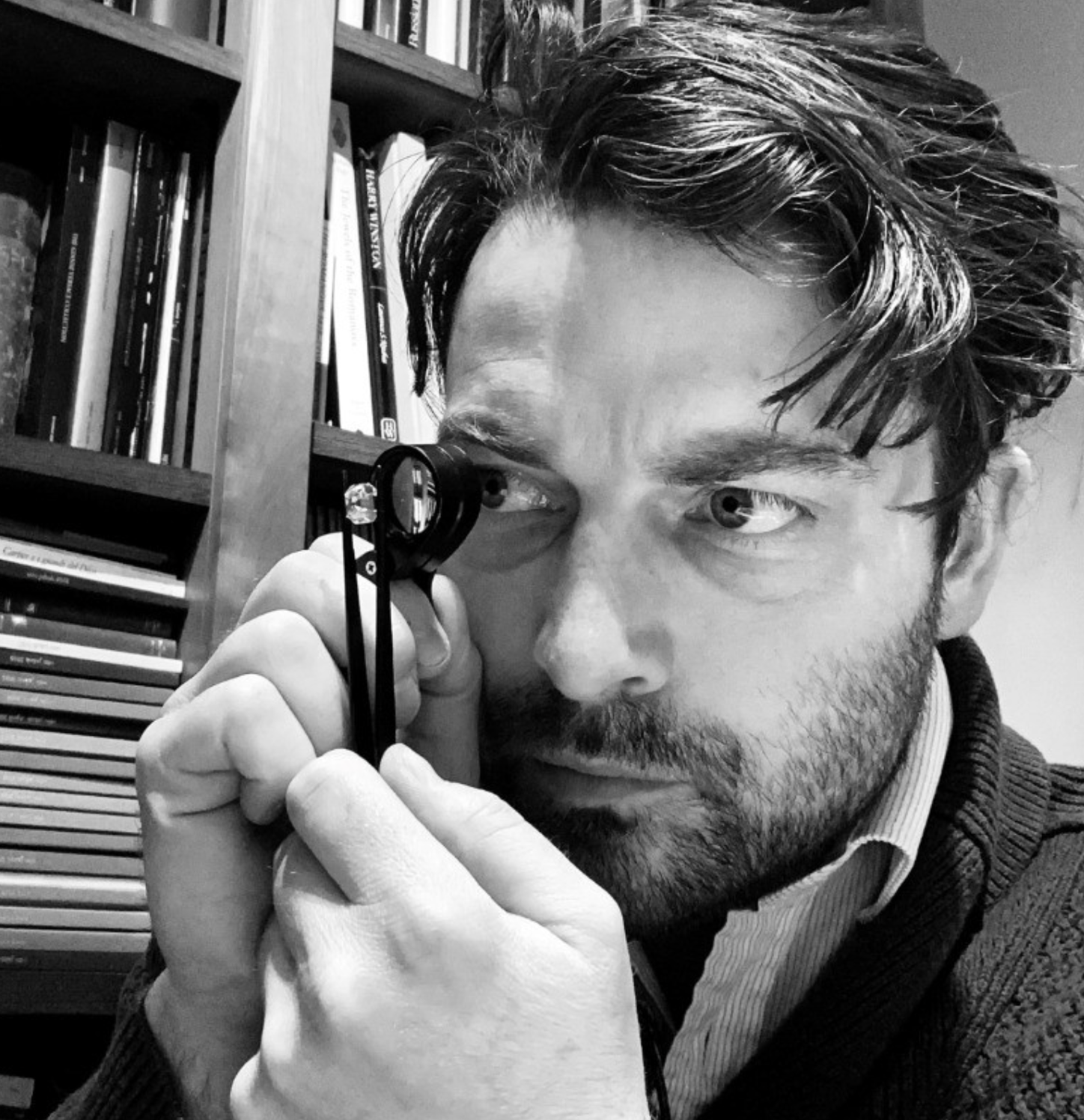
Guy Burton, Managing Director of Hancocks London, is a leading authority on rare diamonds and historic jewels. With decades of experience sourcing exceptional pieces for collectors and connoisseurs, he brings unparalleled expertise to the world of fine jewelry.
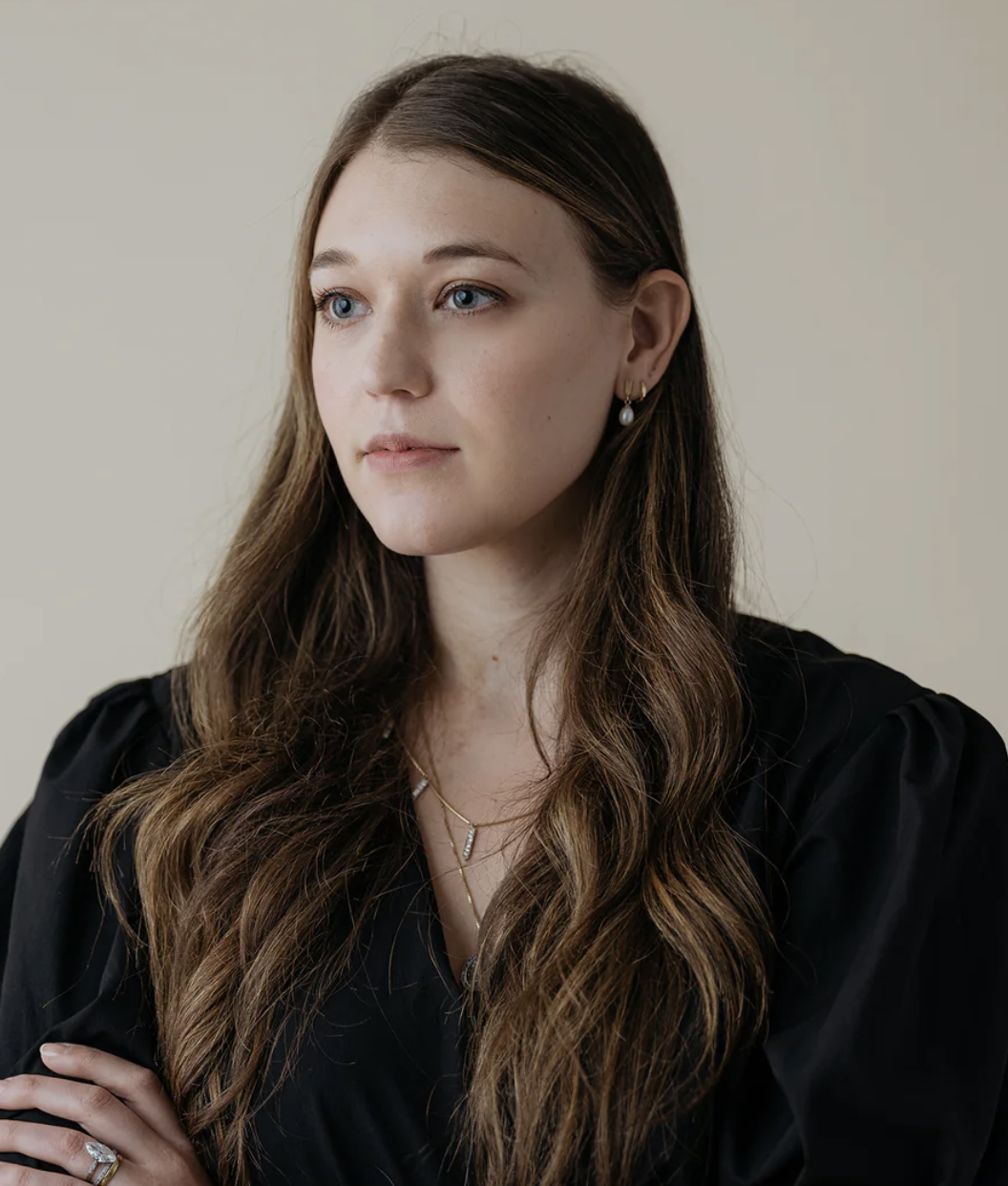
Ashley Zhang is a New York-based jewelry designer, known for her vintage-inspired engagement rings and heirloom-quality designs. A California native and Parsons School of Design alum, she blends historical craftsmanship with modern elegance to create timeless, collectible styles.
Below, uncover the captivating story of the natural diamond cocktail ring, explore which diamond cuts shine brightest in these dramatic designs, and shop styles to add maximalist flair to your own collection.
What Defines a Cocktail Ring?

Put simply, a cocktail ring is a bold, oversized ring typically set with a large center stone (often a diamond or other gemstone) surrounded by intricate detailing or accent stones. “Distinguished by its scale and size, it’s typically mounted in a lofty setting that heightens its drama and draws attention,” says Lauren DeYoung, Owner and President of Lauren DeYoung Jewelry.
Unlike engagement rings or wedding bands, cocktail rings aren’t tied to tradition or relationship status. “The terms cocktail ring and the dinner ring served a similar purpose, which was a popular style during the Art Deco time period when elegant evening dinner parties were a popular social event,” says Ashley Zhang, founder and designer of Ashley Zhang Jewelry.
Cocktail rings are pure adornment, designed to turn heads and spark conversation. Traditionally worn on the right hand, they became a symbol of independence and self-expression. They’re not about subtlety but about making a statement.
The History of the Cocktail Ring
The 1920s: Speakeasies and the Birth of the Cocktail Ring

The cocktail ring rose to prominence during the 1920s, an era of Prohibition, jazz clubs, and the rise of the flapper. While alcohol may have been outlawed, underground speakeasies flourished, and women, newly liberated by the right to vote, were eager to redefine societal expectations. “The Art Deco period captured a spirit of rebellion, offering a strong juxtaposition to the conventions of pre-First World War society, which remained heavily influenced by 19th century traditions,” says Guy Burton, Managing Director of Hancocks London.
Wearing a cocktail ring was as much an act of rebellion as ordering an illicit martini. These oversized rings became the jewelry equivalent of the cocktail itself: glamorous, decadent, and playfully defiant. “More than just jewelry, these statement pieces embodied feminine independence and served as a symbol of youthful rebellion against social conventions,” says DeYoung.
The rings were typically set with bold center stones designed to be visible across a smoky barroom. Women paired them with drop-waist dresses, red lipstick, and short bobs—what would become the uniform of independence.
The Art Deco Movement: Bold Cuts and Daring Design

“The Art Deco period also embraced more geometric cut diamonds such as Asscher cuts, carré cuts, baguettes—step cut diamonds with terrace-like faceting that perfectly complemented the sharp angles and symmetry of the era’s designs,” Burton says. “It was a time of decadence, marked by bold combinations of coloured gemstones set in platinum, which allowed for highly intricate creations.”
Together, these elements defined an era of daring innovation, where advances in diamond cutting and adventurous use of color converged to create some of the most memorable jewels of the 20th century. “This period was arguably the peak of jewelry design and manufacturing, with the great houses producing some of their most significant pieces. The French houses, such as Cartier, Van Cleef & Arpels and Mauboussin, led the way, though they were by no means the only ones,” Burton says.
For DeYoung, the Bulgari Trombino Ring, which debuted in 1932, embodies the bold, sculptural glamour of the cocktail ring. “The iconic ‘trumpet’ design features graduated, horizontally set baguette-cut diamonds and pavé detailing, accentuating every type of center stone—whether diamond, colored gemstone, faceted, or cabochon,” she says.
The 1940s: Bombe Rings and Sculptural Glamour
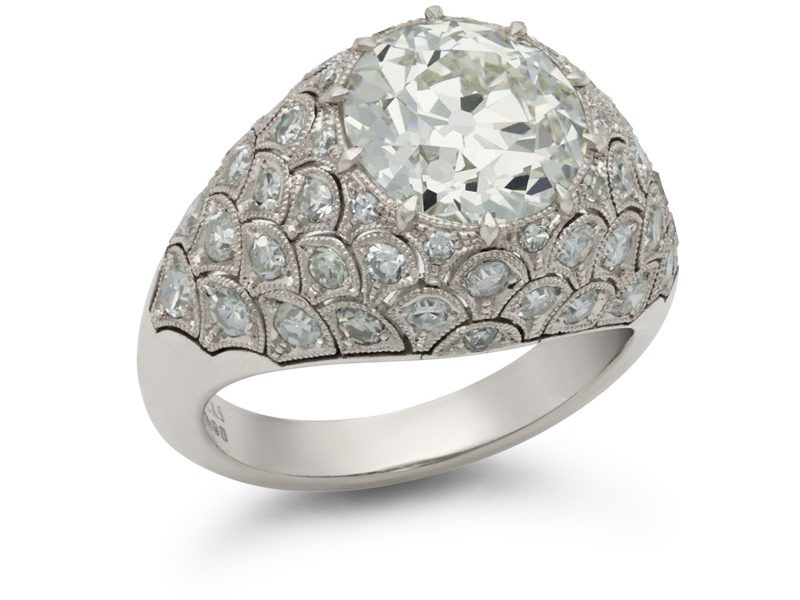
In the 1940s, jewelers introduced voluminous bombe rings (pronounced bom-bay), with domed silhouettes encrusted in diamonds that mirrored the era’s sculptural aesthetic. The name comes from the French word bombé, meaning “rounded” or “bulging,” which describes the softly domed profile. These dramatic pieces reflected the wartime and post-war taste for bold, statement-making jewelry that stood out despite material restrictions.
The Mid-Century and Beyond: From Hollywood Glamour to Power Dressing
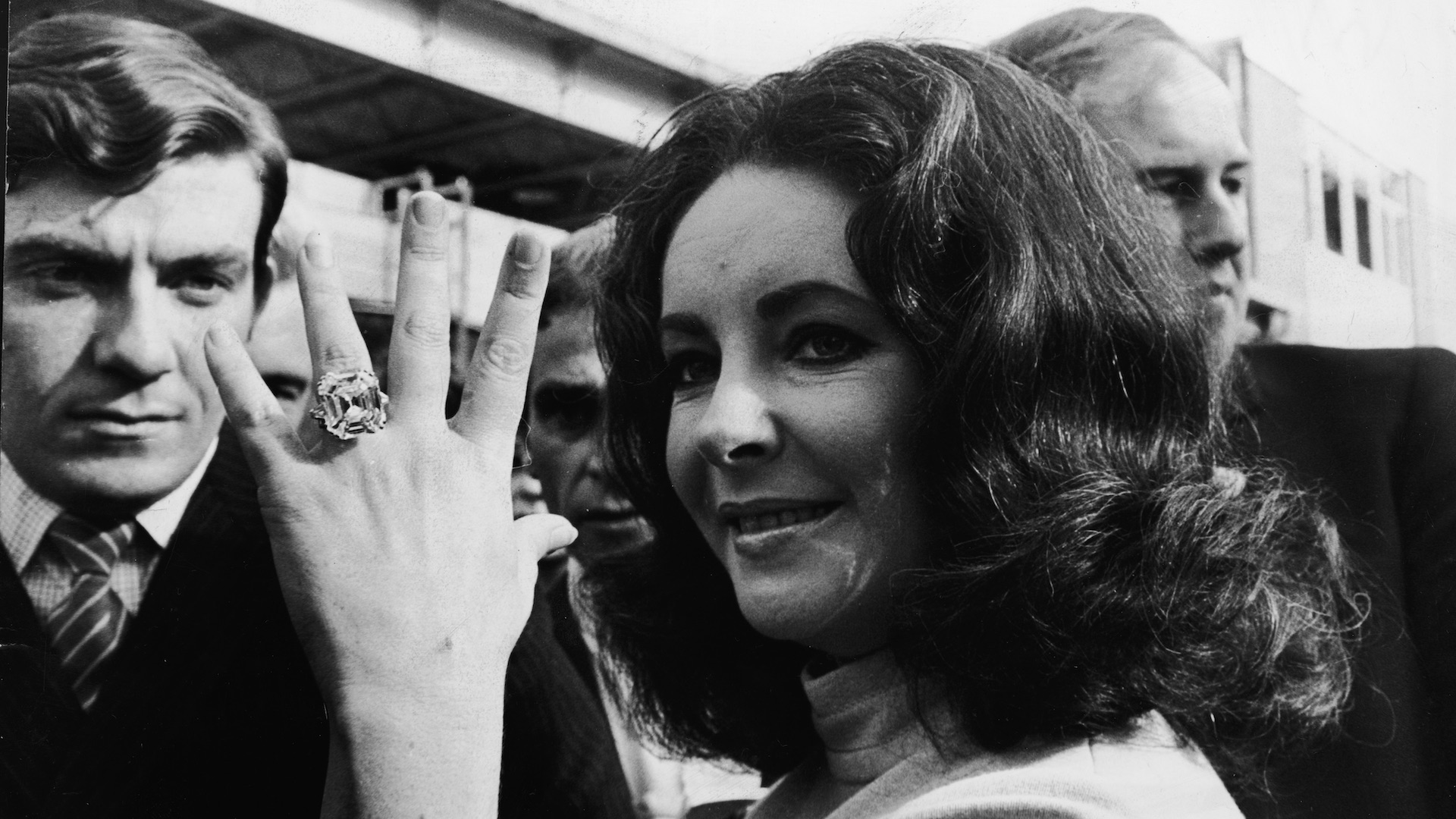
The cocktail ring’s popularity carried through the mid-century, embraced by Hollywood icons such as Elizabeth Taylor, who famously wore her jaw-dropping 33-carat Krupp diamond ring, and Marlene Dietrich, whose collection of oversized jewels became part of her signature look. Esteemed tastemakers like editor Diana Vreeland also championed the style, ensuring that the cocktail ring was not only a Hollywood favorite but a fixture of high society and the fashion elite.
By the 1970s, the cocktail ring found new life on the disco floor, with oversized designs that glittered under strobe lights. In the 1980s, the rings became synonymous with power dressing, as women in boardrooms and ballrooms alike embraced jewelry that commanded attention.
Diamond Cocktail Rings Today

Nearly a century later, the cocktail ring still carries the spirit of its origins. In an era of quiet luxury and minimalist stacking bands, a bold diamond cocktail ring feels refreshingly unapologetic. “They are also a regular on the red carpets, worn by the likes of Blake Lively, Amal Clooney, and Salma Hayek,” DeYoung says. And who can forget Zendaya’s self-purchased Bulgari yellow diamond ring? An heirloom in the making, she called the 8-carat cushion-cut canary yellow diamond flanked by side stones, a “treat-myself” purchase.
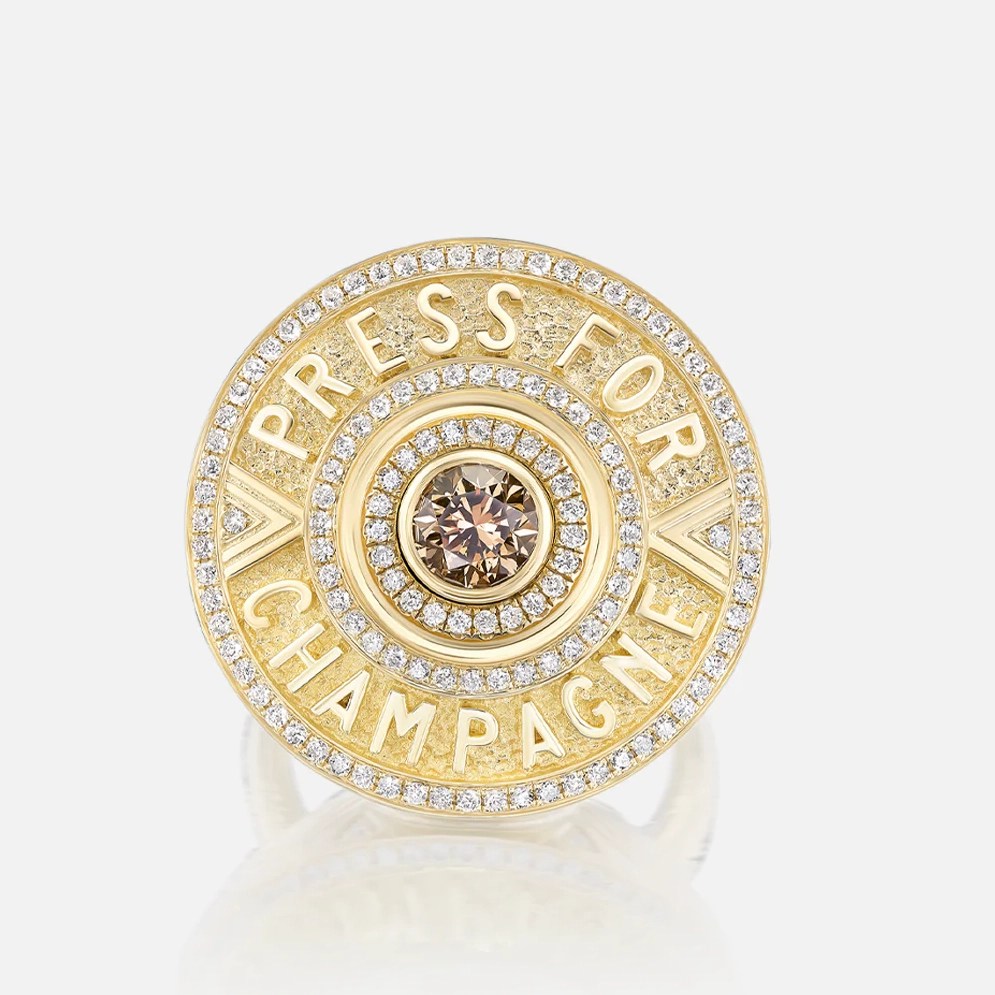
Modern designers are reinterpreting the cocktail ring with fresh silhouettes, unusual diamond cuts, and sculptural settings. Today’s cocktail rings are less about sheer opulence and more about the joy of expression, with collectors choosing designs that express individuality rather than excess. Custom commissions, playful designs (like the Harwell Godfrey x Ashley Longshore ring featuring a working champagne button!), and thoughtful touches such as engravings or even secret compartments, make each piece a true reflection of its wearer’s personality.
Which Diamond Shapes Work Best for Cocktail Rings?
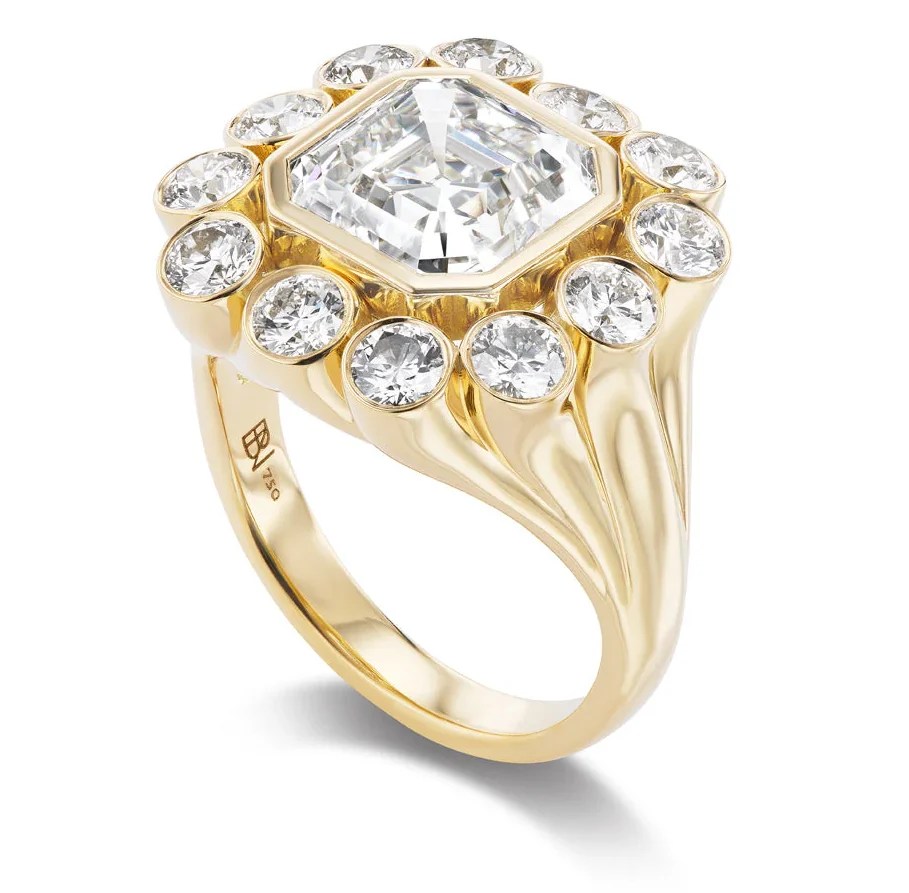
One of the joys of the cocktail ring is that it can showcase unusual or dramatic diamond cuts that might feel too bold for everyday jewelry. While any shape can work in the right design, a few stand out as perennial favorites. “Round diamonds work well, often set in dome-style cocktail rings or along the edges to accentuate featured stones,” DeYoung says, adding, “Fancy shape diamonds, including pear, baguette, and marquise, are popular for cluster style rings and heavily featured in Mid-Century iterations.”
Burton agrees. The purpose (and the fun) of the cocktail ring is to grab attention—not to adhere to rules. “Step cuts, as mentioned earlier, certainly helped define early cocktail rings, but these pieces are not limited to a cut or gemstone. What matters most is a bold, expressive design – any stone or setting that makes a statement can become the centerpiece of a cocktail ring,” Burton says.
Shop Diamond Cocktail Rings
Ready to add your own statement piece? Get inspired by natural diamond cocktail rings from some of our favorite designers.



